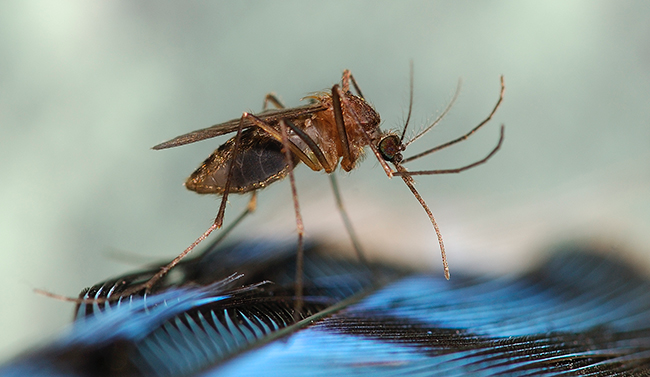Description

Disclaimer: Copyright infringement not intended.
Context: A rare mosquito-borne illness eastern equine encephalitis reported in Alabama and New York.
Eastern equine encephalitis (EEE)
- It is a viral disease.
- Eastern equine encephalitis (EEE) virus is spread to people by the bite of an infected mosquito.
- Only a few cases are reported in the United States each year.
- Most cases occur in eastern or Gulf Coast states.
Cause of concern for EEE
- Although rare, EEE is very serious.
- Approximately 30% of people with EEE die and many survivors have ongoing neurologic problems.
- There are no vaccines to prevent or medicines to treat EEE.
- We can only reduce the risk of infection with the EEE virus by using insect repellent, wearing long-sleeved shirts and long pants, and taking steps to control mosquitoes indoors and outdoors.
Symptoms
- Most people infected with the eastern equine encephalitis (EEE) virus do not develop symptoms.
- EEE can result in febrile illness (fever) or neurologic disease, including meningitis (infection of the membranes that surround the brain and spinal cord) or encephalitis (infection of the brain).
- Febrile illness is characterized by fever, chills, body aches, and joint pain. There is no central nervous system involvement.
- Signs and symptoms of neurologic disease include all the above symptoms. However neurologic disease and encephalitis may occur after several days of systemic illness.
Treatment
- There are no medications to prevent or treat EEE virus infections.
- Antibiotics are not effective against viruses, such as the EEE virus.
- Rest, fluids, and over-the-counter pain medications may relieve some symptoms.
- For severe diseases, patients often need to be hospitalized to receive supportive treatment.

Mosquito-Borne Diseases
Chikungunya
- Chikungunya virus is primarily found in Africa and Asia.
- It was found in 2013 for the first time in the Western Hemisphere.
- It is transmitted by the bite of the Aedes aegypti mosquito and Aedes albopictus mosquito.
- Chikungunya is not transmitted from one person to another. The virus needs a vector—a means of transportation: mosquitoes.
Dengue
- Dengue fever is primarily a tropical disease.
- The virus is transmitted to humans through the bites of infected female mosquitoes, primarily the Aedes aegypti mosquito.
Malaria
- Malaria is a mosquito-borne disease caused by a parasite.
- It is found in many countries, including sub-Saharan Africa, South Asia, as well as Central and South America.
- The vector is the anopheline mosquito and the disease-causing organism is the malaria parasite.
Yellow Fever
- Yellow fever virus is a rare tropical illness.
- Yellow fever is caused by an arbovirus (a virus transmitted by vectors such as Aedes aegypti mosquitoes, ticks or other arthropods).
Zika Virus
- Most people who become infected with the Zika virus have mild symptoms or no illness at all.
- The virus has been linked to serious health conditions, including Zika congenital syndrome in babies.
- Transmission by aegypti and Ae. albopictus.
|
PRACTICE QUESTION
Q. Consider the following diseases transmitted by mosquitoes
- Yellow fever
- Malaria
- Dengue
- Chikungunya
How many of the above diseases are viral diseases?
- Only one
- Only Two
- Only Three
- All Four
Ans: C
|

https://www.hindustantimes.com/lifestyle/health/rare-mosquito-borne-illness-eastern-equine-encephalitis-reported-in-alabama-and-new-york-causes-one-death-101692769324329.html
















